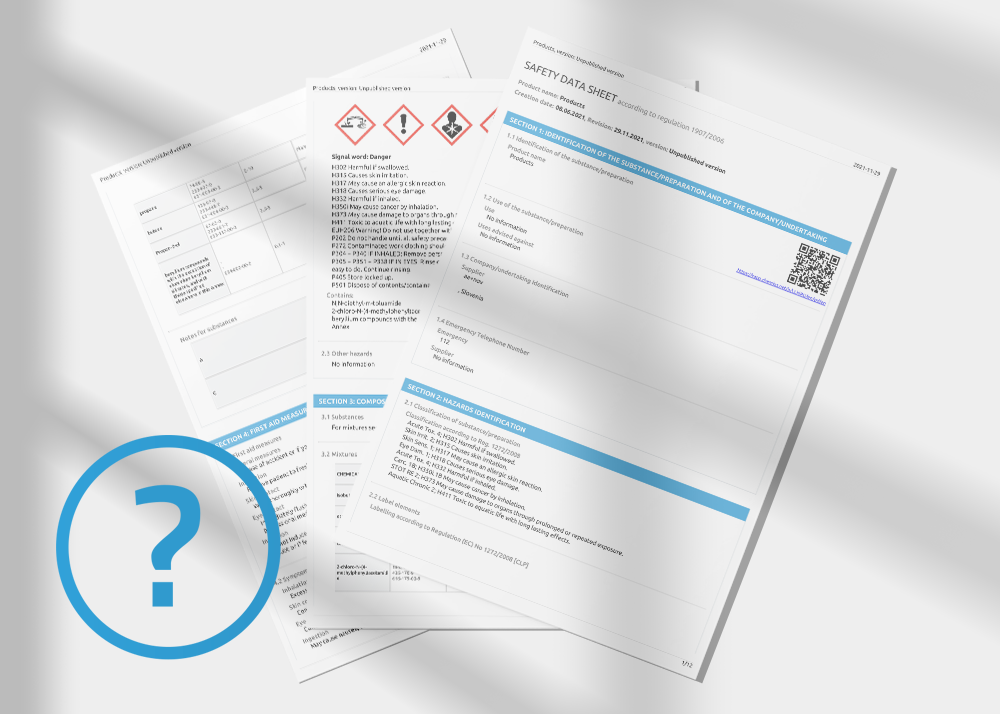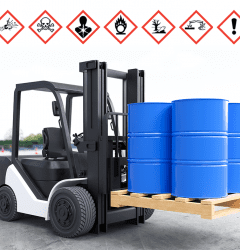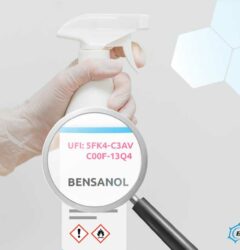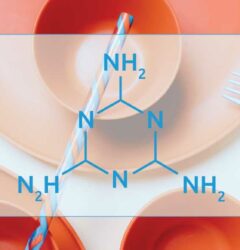26 Nov

We have received many requests to prepare a similar list of the most frequent mistakes for safety data sheets or SDSs in short.
Below, you can find the list of most common mistakes that we often notice when reviewing safety data sheets.
- Inappropriate product categorisation with regard to its composition
- Inappropriate P-statements with regard to usage type
- Improperly categorised component substances
- Substance names not indicated in the local language
- Inappropriate or even absurd translations of sentences (a.k.a. Google translate)
- Individual language-specific letters missing (e.g. in Slovene: č, š, ž)
- SDSs are not harmonised with local regulation (inappropriate storage classes, limit values for professional exposure, biological limit values, standards for personal protection equipment)
- Illogical physical data (e.g. density 1000 kg/l)
- Inappropriate UN-number with regard to the categorisation criteria and an incomplete ADR-name (hazardous goods for transport)
- Abbreviations used in SDS are not translated.
- Like the most common mistakes’ list for labels, this list is not particularly interesting either. But of course, such checklists are not meant to be interesting.
It is intended for a quick overview of the suitability of acquired SDSs (or for those you create yourself).
If you strive for a worry-free sale, then it’s good to know what mistakes are frequently made when preparing SDSs. Perhaps this very list can save you the troubles you could face due to the unsuitability of safety data sheets.
The responsibility for the SDS contents ALWAYS lies on the supplier of the chemical, for which an SDS is required, even though you may have not prepared it yourself.
Without a doubt, you need some knowledge, time and effort for such a check and for eliminating mistakes.
If you lack anything of the mentioned, then we can definitely help – just get in touch with me.



Simona Miklavčič